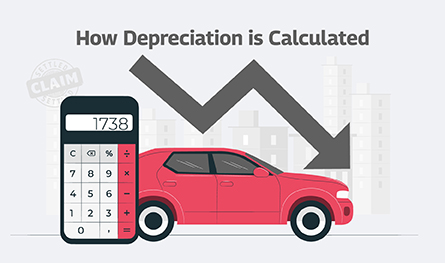Related Articles
 Jan 08, 2025
Jan 08, 2025
Is Varicose Vein surgery covered under the health insurance policy in India
 Health Insurance
Health Insurance
.png)
.png)
The healthcare industry is expanding rapidly, encompassing several elective treatments enhanced with technology. The expansion has exceeded the basics and included various wellness and cosmetic procedures. However, the rising inflation and the cost of such elective treatments make it impossible for many to consider undergoing such treatments. The rising rate of inflation in the healthcare industry acts as a hindrance to affordable private treatments.
This makes it imperative to make health insurance reasonable and within reach of people. The affordability of health insurance plans is a roadblock that keeps many from availing of a comprehensive health plan.
Further, it is equally important to note that traditional health insurance plans may not encompass elective and advanced treatment procedures, which incur huge costs. At the same time, falling into the trap of credit cards, loans, etc., to incur the costs of elective treatment is also not worthwhile. So, what is the solution?
What is a No-Cost EMI, and how does it support incurring costs of your elective treatment procedures?
No-cost EMIs for paying healthcare premiums have evolved as a game-changer in recent times. These solutions offer health insurance on EMI and let you split the treatment cost of your hospitalization into monthly payments that you can afford easily. The no-cost EMIs serve as pioneering financial solutions offered by fintech platforms focusing on healthcare in collaboration with banks and healthcare companies.
Let’s take an example to understand this solution better. Let’s say you underwent a cosmetic procedure that incurred INR 1 lakh on the treatment. You may not be in a position to make the payment in one go. With no-cost EMIs, you can make payment of the charges through monthly EMIs of INR 9000, which makes it easily affordable for you. Thus, this new approach can make elective healthcare affordable, and at the same time, you are not required to make a huge payment upfront.
Let’s explore the possible ways the health insurance no-cost EMIs function. So, as discussed above, fintech healthcare platforms offer no-cost EMIs in collaboration with banks and health insurance companies. Hence, a part of the interest cost is shared by the healthcare provider, while the customer has to incur a small processing fee.
The fintech platform that lends the money assesses the creditworthiness of the customer availing of the cosmetic treatment and communicates the terms and conditions of the company to the customer. The health insurance on EMI process is paperless and quick and is done in compliance with the mechanism of digital banking.
The No-cost EMI on health insurance solutions are popularly used in the electronics and travel sectors. The concept of making health insurance affordable is now emerging in the healthcare sector. Looking at the crucial role that health insurance plays, it is essential to make consumers aware of the benefits of health EMIs or installment healthcare options.
The No-Cost EMIs benefit everyone involved in the procedure. The lending company of the EMI pays the health insurance provider. Being a collaboration between traditional lenders, healthcare providers, etc., all these entities are working together towards transforming the landscape of the healthcare sector. The aim is to provide consumers easy access to healthcare, including preventive and elective care, without burning their pocket.
Young and healthy? Find out which of these plans rewards you with lower premiums. Click here to check now!

Paybima Team
Paybima is an Indian insurance aggregator on a mission to make insurance simple for people. Paybima is the Digital arm of the already established and trusted Mahindra Insurance Brokers Ltd., a reputed name in the insurance broking industry with 21 years of experience. Paybima promises you the easy-to-access online platform to buy insurance policies, and also extend their unrelented assistance with all your policy related queries and services.

.jpg)
Having a bike is not just about convenience, it’s a huge responsibility. Financial protection of your two-wheeler is important and the best way to ensure that is to have a bike insurance policy that will protect you in case of an accident, theft or a natural calamity. There are so many options when it comes to policies, making it difficult to know what’s best. This guide makes it easier to choose the best bike insurance policy that is suitable for you.


Non-linked, non-participating term plans are the ones that do not participate in the business and profit of the insurance company. These are fixed premium plans where the policyholder pays a fixed amount to ascertain a guaranteed sum as a return to be paid to the nominee in case of his/ her demise. Let’s learn more in this post.


Car depreciation implies the difference between the cost of a car at the time of buying the car and when you sell it. A car insurance claim amount is determined by the car depreciation rate. The car depreciation rate is the reduction in the value of your car over its lifespan caused by wear and tear.


Have you ever caught yourself lost in illusions about your daughter's future events, such as her university convocation and first day at work? Her university convocation. When she embarks upon her initial job after graduation will be the day.

.png)
Accidents can happen anywhere, anytime, by your own fault or another person. What’s important is to be prepared for such mishaps. This is where Own Damage Car Insurance comes in handy.
